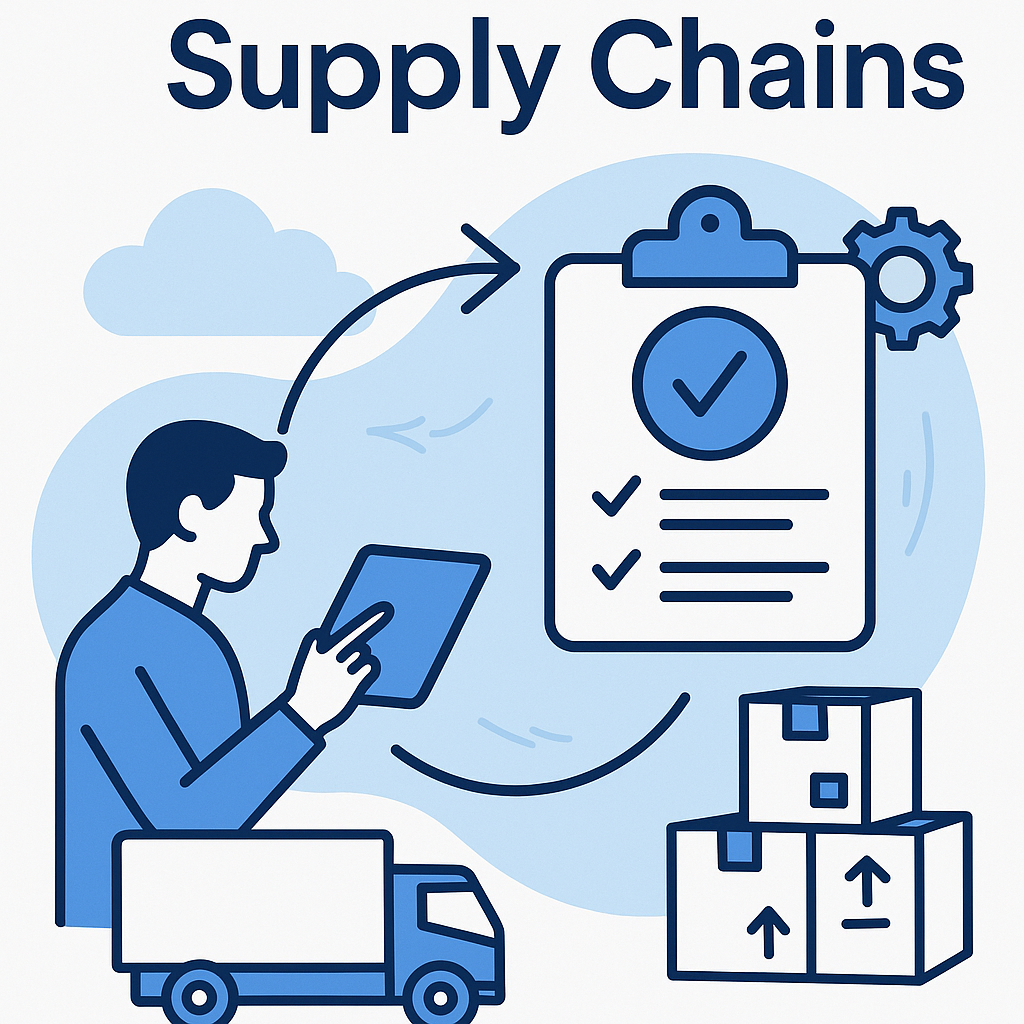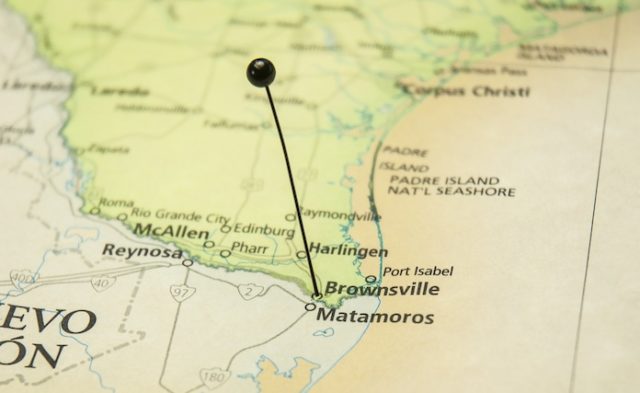Last Updated on June 26, 2025

Setting up a supply chain in Mexico sounds pretty straightforward—until it isn’t. Between customs, inland transport, sourcing hiccups, and the occasional power outage no one warned you about, the logistics puzzle can feel like you're constantly missing a piece. But here's the thing: you can streamline supply chains in Mexico. You just need the right mix of local insight, practical systems, and frankly, a little patience.
Let’s break it down without the fluff—just what actually works.
Get Real About Lead Times (They’re Not All Created Equal)
Here’s a hard truth: Mexican lead times are not a mirror image of what you’re used to in the U.S. or Asia. They can be faster, yes—but only if you’re working with local suppliers who actually have stock on hand and reliable transportation networks.
Some tips?
- Source regionally when possible—why truck something in from Guadalajara if you’re assembling in Matamoros?
- Build a buffer. Not because you're sloppy, but because roads flood, ports stall, and paperwork sometimes... disappears.
And no, relying on “mañana culture” as an excuse won’t cut it. The pace is fast if you’re working with the right partners.
Leverage Proximity to the U.S. for Faster Turnaround
Mexico’s geographic closeness to major U.S. markets enables manufacturers to drastically reduce shipping times compared to Asia. Cross-border trucking routes via Laredo, El Paso, and Otay Mesa now support just-in-time delivery models and allow for same-week restocking—something simply not possible with ocean freight from China.
Key Advantage: U.S.-Mexico trucking lanes offer 3–5 day delivery windows versus 30–45 days from Asia.
Customs Can Be a Blessing—Or a Black Hole
If you’ve dealt with U.S. customs, you already know the drill. But Mexico’s customs clearance process can feel surprisingly smooth—if you're set up properly. That means:
- Your broker is sharp and bilingual.
- Your documentation is airtight (no missing HS codes, ever).
- Your valuation method aligns with Mexican customs expectations.
Optimize with IMMEX and USMCA for Tariff Efficiency
By enrolling in Mexico’s IMMEX program, manufacturers can temporarily import raw materials duty-free, provided the final goods are exported. Combined with USMCA, which eliminates most tariffs between North American countries, companies enjoy substantial cost reductions in their landed cost of goods.
Actionable Tip: Ensure suppliers and subcontractors are USMCA-certified to avoid triggering back-duty investigations during audits.
Warehouse Smarter, Not Bigger
Don’t go build a giant warehouse just because land is cheap. That’s a rookie move. Instead, think like a chess player. Where do your goods need to be and when?
Try this:
- Use 3PLs in high-volume zones (like Monterrey or Reynosa).
- Keep inventory tight—lean supply works in Mexico because transport distances are short.
- Co-locate with your assembler when it makes sense. Why ship twice?
Bonus: warehouse theft is real in some areas. Smaller, agile facilities reduce your risk and keep things nimble.
Positioning operations in or near these clusters simplifies last-mile delivery and reduces warehousing delays.
Strengthen Visibility with Nearshore Digital Tools
To streamline supply chains in Mexico with greater efficiency, utilize supply chain visibility software that integrates with Mexican logistics providers and warehouse systems. Real-time dashboards powered by IoT, RFID, and EDI integrations ensure proactive decision-making.
Top Tools:
- Project44 and FourKites for real-time freight tracking
- SAP Integrated Business Planning (IBP) for forecasting and inventory control
- Flexport for customs + freight transparency in one interface
Develop Redundant Supply Sources Within Mexico
Disruption in Asia has taught businesses the danger of overconcentration. In Mexico, we recommend developing at least two regional supplier options—preferably in different states—to ensure redundancy.
Example Setup:
- Northern Supplier: Saltillo (metal stamping)
- Central Supplier: Guanajuato (plastics & molding)
Dual-sourcing allows for flexible capacity reallocation during strikes, natural disasters, or cross-border slowdowns.
Local Transport: Not All Trucks Are Equal
You might assume trucking is trucking. It's not. In Mexico, the type of vehicle, the route, and even the driver’s relationship with the union can affect your delivery.
Best practices here include:
- Vetting transport companies with proven cross-border track records.
- Using GPS tracking (non-negotiable).
- Avoiding sketchy rural routes—yes, security’s improved, but don’t test fate.
Establish Regional Distribution Hubs in Industrial Clusters
Mexico’s northern cities—Monterrey, Matamoros, Ciudad Juárez, Tijuana—are home to high-efficiency logistics clusters with multimodal transportation access, skilled labor pools, and Class A warehousing.
Cluster Highlights:
- Monterrey: Strong rail connectivity and supplier ecosystem
- Tijuana: Rapid U.S. market access via California border
- Querétaro: Aerospace and automotive supplier density

Where Are Brownsville and Matamoros?
Brownsville, TX is located on the far-south border of Texas, and Matamoros, Tamaulipas, Mexico, is located just across the Mexican border, on the southern bank of the Rio Grande.
In Tamaulipas, the manufacturing industry is primary to the economy's health. Tamaulipas ranks fifth among the states with the fastest growth along Mexico's northern border.
Communication Is Culture
Here’s one a lot of folks overlook: communication. You’re not just managing freight and factory flow—you’re managing people. And culture matters.
What works?
- Clear instructions—but delivered with respect.
- Regular check-ins that feel human, not robotic.
- WhatsApp. Seriously, use it. That’s how a lot of Mexico’s supply chain runs day to day.
You’ll get faster replies via WhatsApp voice memos than from a dozen “per my last email” threads. Adapt or be left on read.
Train Cross-Border Teams on Compliance and Documentation
Streamlining isn't just logistics—paperwork matters. U.S. and Mexican teams must align on Incoterms, valuation methods, and product classifications to avoid customs delays or penalties.
Best Practice: Conduct biannual training sessions with your logistics, trade compliance, and supplier quality assurance teams.
Let Someone Else Handle the Headaches
You know what’s faster than building a supply chain from scratch? Plugging into one that’s already up and running. That’s where nearshore manufacturing partners like NovaLink shine. They’ve already figured out the logistics web, built the warehousing, and have vetted customs brokers on speed dial. All you have to do is focus on what you make, not how it moves.
Final Thoughts
To streamline supply chains in Mexico, you need more than spreadsheets and SOPs—you need local smarts, trusted partners, and a good feel for how things really move south of the border. Do it right, and you’re not just cutting costs—you’re gaining speed, flexibility, and resilience.
Because in the end, a supply chain isn’t just about moving parts. It’s about moving forward—faster, smoother, and with fewer surprises.
FAQs
What’s the biggest mistake companies make when setting up supply chains in Mexico?
Trying to copy-paste their U.S. or China playbook without accounting for local differences—especially in logistics timing and customs processes.
How does the IMMEX program help streamline supply chains in Mexico?
It allows for duty-free import of raw materials used in exports, cutting costs and simplifying customs—if your paperwork is clean.
Is warehousing in Mexico safe?
Yes, in most industrial zones. Still, it’s smart to vet locations, use trusted logistics partners, and keep security top of mind.
Should I handle transportation in-house or outsource?
Unless you already have a local fleet and experienced logistics staff—outsource. Local transport firms know the routes, risks, and rhythms.
What communication tools are most effective with Mexican suppliers?
WhatsApp is king. It’s fast, personal, and widely used. Supplement it with email for official docs, but don’t ignore what works best locally.
About NovaLink
As a manufacturer in Mexico, NovaLink employs a unique approach that transcends the traditional model of shelter production. More than just the location of your manufacturing, we would like to become a partner in your manufacturing in Mexico. You will be able to relocate or initiate manufacturing for your company in Mexico in a low-cost labor environment with very little delay or up-front costs. Find out how we can help you by handling the manufacturing process.
There are NovaLink facilities in the border cities of Brownsville, Texas, Matamoros, Mexico, and Saltillo, Mexico.